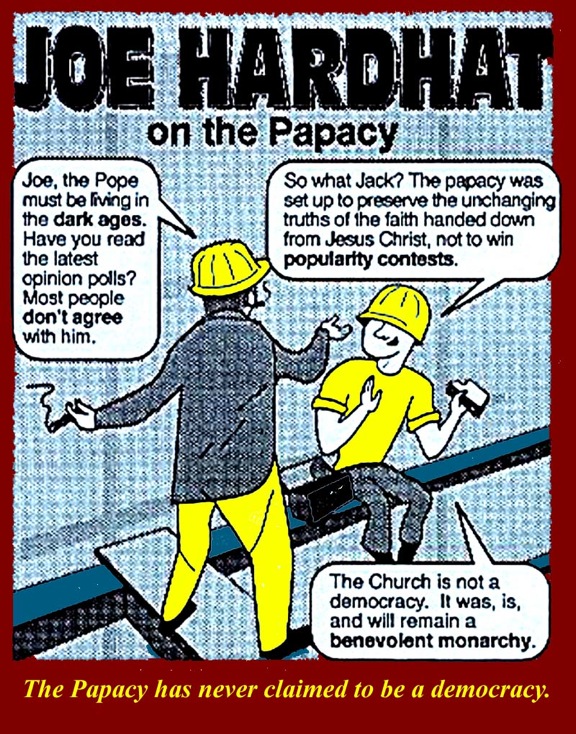http://www.paradoxplace.com/Church_Stuff/Popes_Renaissance.htm
-- List of popes (with some commentary and with some
forward links) from Martin
V Colonna (pope from 1417 to 1431), whose
election effectively ended the Great
Western Schism, through Gregory
XIII Buoncompagni (pope from 1572 to 1585).
Note that start and end dates of the Renaissance vary
according to the sources used.
http://www.newadvent.org/cathen/12272b.htm
-- The Catholic Encyclopedia list of all the Popes from
Peter I to the present. Each Pope's name is linked to a
biography, some of which are heavily slanted in a
Catholic direction, but most of which are surprisingly
candid. Popes on the list are numbered and our period
starts in the 190s. Martin V (above links) is 206.
http://images.google.com/
-- Just as the web address says, this is the Google
Image search page. Type in the word pope and the
name and Roman numeral of any Pope (e.g., pope
nicholas v -- no capital letters) to see some of
the available Internet pictures of that Pope.
http://www.gutenberg.org/files/2074/2074-h/2074-h.htm#CHAPTER_X-1 -- Full text English translation of the
Jacob Burckhardt chapter (Part 1 - chapter 10) on the
Papacy. All of the Englished Burkhardt text is
at http://www.gutenberg.org/files/2074/2074-h/2074-h.htm.
http://www.kfki.hu/~arthp/database/glossary/popes/ -- 12th to 18th
century Popes as listed in the wonderful Web Gallery
of Art. Short bios (and some longer ones for more
important Popes) with some associated art works. Links
to the rest of the Web Gallery are available at the
top of every page. The entire Gallery contains over
12,000 high-quality digital reproductions of European
paintings and sculptures created between 1150 and
1800. It is hosted by KFKI, the Central Research
Institute for Physics (Kozponti Fizikai Katato Intezet
= KFKI) of the Hungarian Academy of Sciences in
BudaPesht.
http://www.vaticanlibrary.va/home.php?pag=storia&ling=eng -- Nicholas V and the Vatican Library.
http://lcweb.loc.gov/exhibits/vatican/intro.html -- For the role of Sixtus IV, see this
Introduction to the Vatican Library section of the
U.S. Library of Congress (LOC) Rome Reborn
Internet exhibition -- The companion web site for the
major exhibition cosponsored with the Vatican Library
in the first quarter of 1993. The rest of the
Exhibition is also still on the Internet -- links at
the top of the page. (Other LOC Internet exhibitions
are at http://www.loc.gov/exhibits/ .)
http://www.pbs.org/empires/medici/medici/index.html -- PBS version of the Medici. Pretty good,
but note that the pictures included are of the actors
that played the various characters in the TV series, not
of the real Medici. The series was broadcast in
February 2004, and the video is available on line and
at better bookstores.
Site, specific to
Lucrezia Borgia, and heavily linked, including links
to "Lucrezia fiction" -- plays, operas, movies -- is
at http://en.wikipedia.org/wiki/Lucrezia_Borgia.
Short article on the
Borgias, go to http://www.mmdtkw.org/VBorgias.html.
Note that there are no known authentic images of
Lucrezia: although there are some contemporary or near
contemporary paintings, they are either highly
imaginative, highly idealized or she changed her
appearance often -- they just don't look like the same
woman. This may be, in part because of her aging.
We'll meet the Borgias again in Unit 10: Roman
Renaissance Controversies.

